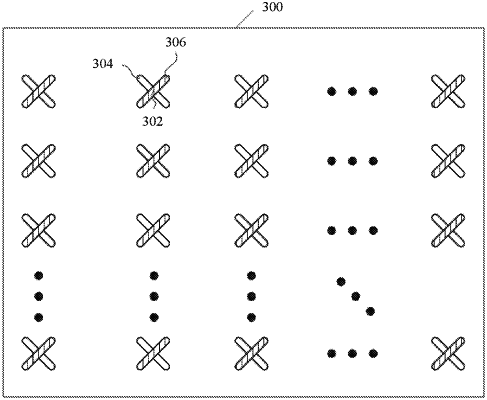| CPC H04B 7/0417 (2013.01) [H04B 7/046 (2013.01); H04B 7/0634 (2013.01); H04L 25/0204 (2013.01)] | 20 Claims |

|
1. A channel estimation method, comprising:
receiving indication information, wherein the indication information indicates L space-frequency basis vectors for constructing an M×N-dimensional space-frequency vector; the space-frequency vector comprises M N-dimensional precoding vectors, each precoding vector is used in one of M frequency bands, and the space-frequency vector is generated by performing a weighted combination on L space-frequency component vectors; each of the L space-frequency component vectors is a vector comprising M×N elements that are in one of the L space-frequency basis vectors, and each of the L space-frequency basis vectors is a Nf×N-dimensional vector; the space-frequency basis vector is a three-dimensional oversampled discrete Fourier transform (DFT) vector; and L≥2, Nf≥M≥1, N≥2, and L, M, N, and Nf are integers; wherein each space-frequency basis vector is selected from a space-frequency basis vector set; the space-frequency basis vector set comprises at least two space-frequency basis vector subsets, and any two space-frequency basis vectors comprised in each space-frequency basis vector subset are orthogonal to each other; and the L space-frequency basis vectors are selected from one of the at least two space-frequency basis vector subsets, and wherein the indication information indicates the space-frequency basis vector subset from which the L space-frequency basis vectors are selected, and wherein the indication information indicates indexes of the L space-frequency basis vectors in the space-frequency basis vector subset; and
determining the L space-frequency basis vectors based on the indication information.
|